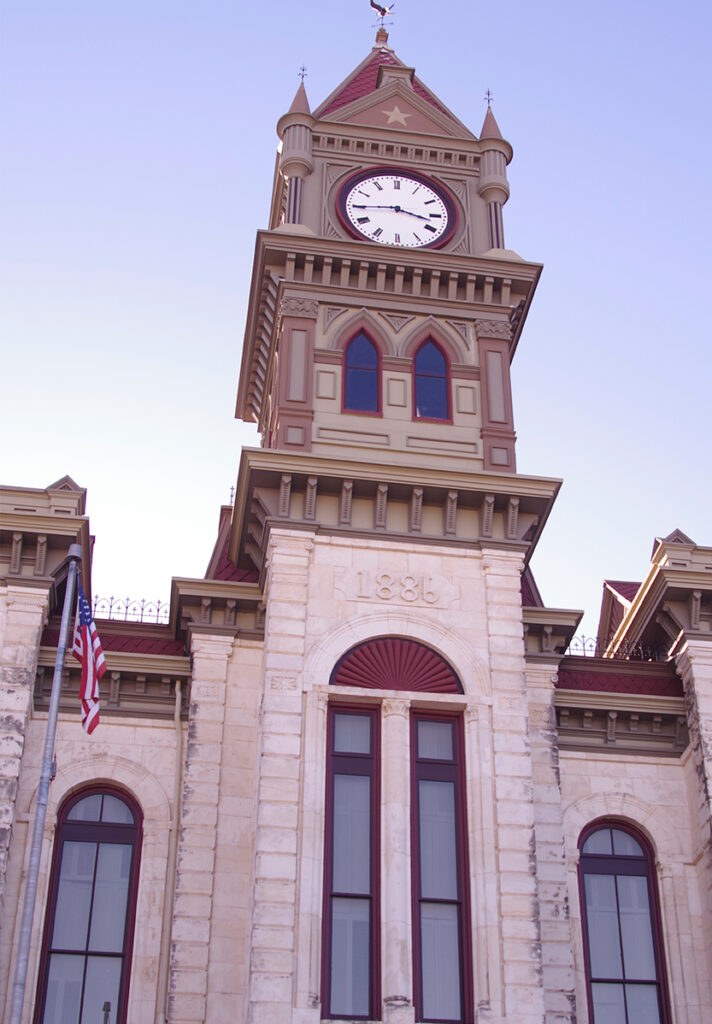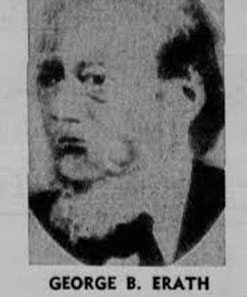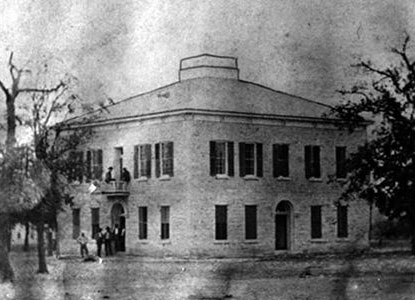about
Meridian Texas
Bosque County is known as the “Top of the Hill Country” and Meridian is the gateway. This unique town is nestled on State Highways 6 and 22 in Central Texas, and centrally located to Waco, Dallas/Fort Worth, Austin and Stephenville. About 1,500 make up the city’s population. The town itself features shops, a historic downtown area, places to eat, great schools, churches and more. You can find it all in Meridian.
Sitting on the beautiful banks of the Bosque River, the town holds rustic charm and friendly faces that judge good character more than anything else. The climate is temperate year-round, being subtropical and perfect for a vacation away from the cold. Beautiful oaks, pecans, native Texas plants are more plentiful than buildings. The air is fresh, crisp and free of industrial smells. Meridian is made up of families that live life and contribute back to the community. The city is the county seat of Bosque County.
Stop by Meridian today, and see why city-goers travel to this beautiful part of the Texas Hill Country to get away and experience what small town Texas is all about.
Our Town
Meridian, Texas is the perfect place to raise a family, retire or start a new business. This unique gem of Bosque County is centrally located to major metropolitan areas yet is stil surounded by a beautiful country landscape.


Our Tomorrow
With the force of the community behind it, Meridian has grown in population and beauty with recent outdoor project. The redevelopment of city parks continues, while organizations in town foster new businesses and entrepreneurs. Citizens have a direct hand in shaping Meridian’s future. Though the town may be small, the future and planned growth within the city is bigger than ever.
founderS
A Brief history
Meridian, Texas is the seat of Bosque County. According to legend, the city was named for Meridian Creek and Meridian Knobs, so-called for their proximity to the 98th Meridian. Others believe that the settlers mistakenly thought they were at the edge of the 98th Meridian.
The county was surveyed by George Bernard Erath, Erath County’s namesake. After Norwegian settlers arrived, Dr. Josephus M Steiner and Andrew Montgomery donated a total of 120 acres in 1854. That same July 4, lots were auctioned off. That fall, a one-room log courthouse stood as the center of government. These log cabins were popular for local structures until after the turn of the 20th century. A tavern also opened before the end of 1854. The county received its name from the Bosque River, likely named by the Marius de Aguado expedition that traveled from San Antonio to east Texas in 1721, according to A History of Bosque County Texas by William C. Pool. Bosque is the Spanish word for woods.
Prior to settlers’ arrival Tawakoni and Tonkawa Native Americans were the only humans in the area. Both tribes were peaceful, though the Comanches that lived nearby proved to be the opposite. Settlers fought them frequently upon arrival, and often lost supplies and cattle to aggressive Comanches.
The first post office was established in 1856 and Meridian boomed during the 1880s. The Santa Fe rail line bypassed the town by a mile and a half, but developed towards the depot. Historic downtown, however, never moved towards the tracks. The town become a shipping center for surrounding farms at this point.
The history of the Civil War era in Bosque County is sparse because of skimpy record keeping. Between 1861 and 1865 many men from the county served in the military. The most significant contributions were to the Second Frontier District, the Nineteenth Texas Infantry, and Company H of Col. T. C. Hawpe’s regiment. The latter two units saw action in the Louisiana and Arkansas campaigns, and a few of the members fought with the Army of Northern Virginia. In January 1865 many of them fought in the famed battle of Dove Creek against the Kickapoo tribe. The Civil War slowed and halted development in some places in Bosque County.
The county began to make progress in the decades following the Civil War. During Reconstruction the county population grew to 11,216 in 1880. But lawlessness, including the killing of freedmen, abounded in this part of the county’s history.
Citizens voted to establish Meridian ISD and move away from county-funded education in 1886. Two years later, the business district around the courthouse square was developed. Meridian College began teaching students in 1909 and continued until 1927.
Landmarks like the Lumpkin House, built by Dr. James J. Lumpkin, and other historic structures still line the streets of Meridian. Meridian State Park is located on the edge of a natural transition zone between the prairie and hill country. The 505.4 acre park land was acquired from private owners between 1933 and 1935. The park was developed by the Civilian Conservation Corps, which was made up of World War I veterans. They built the park using local limestone, oak and cedar. The CCC built the entrance, the dam, roads, bridges and the well-known Refectory that stands as a gateway to Lake Meridian.
Drought and the Great Depression hit the city in the late 1920s. The population shrunk, but bounced back slowly with the new deal and increasing economic strength.
In the 1950s, poultry processing was the leading industry and continued through the 70s. The town prospered with a low unemployment rate and in 1951, Lake Whitney was constructed on the southeastern edge of the county.
In recent times, Meridian’s economy is centered around ranching and agricultural products, supporting those that enjoy the activities of the country and townships around Bosque.

George B. Erath
The county was surveyed by George Bernard Erath, Erath County’s namesake. After Norwegian settlers arrived, Dr. Josephus M Steiner and Andrew Montgomery donated a total of 120 acres in 1854. That same July 4, lots were auctioned off. That fall, a one-room log courthouse stood as the center of government. These log cabins were popular for local structures until after the turn of the 20th century. A tavern also opened before the end of 1854. The county received its name from the Bosque River, likely named by the Marius de Aguado expedition that traveled from San Antonio to east Texas in 1721, according to "A History of Bosque County" Texas by William C. Pool. Bosque is the Spanish word for woods.
Bosque County Courthouse
The Meridian landscape would not be the same without the historical Bosque County Courthouse as a center point. This amazing structure has transformed over the years into what you see now with the distinct clocktower, limestone walls and strong architechural features. Drive in from any direction and you will notice the building standing strong and proud right in the center of town.

